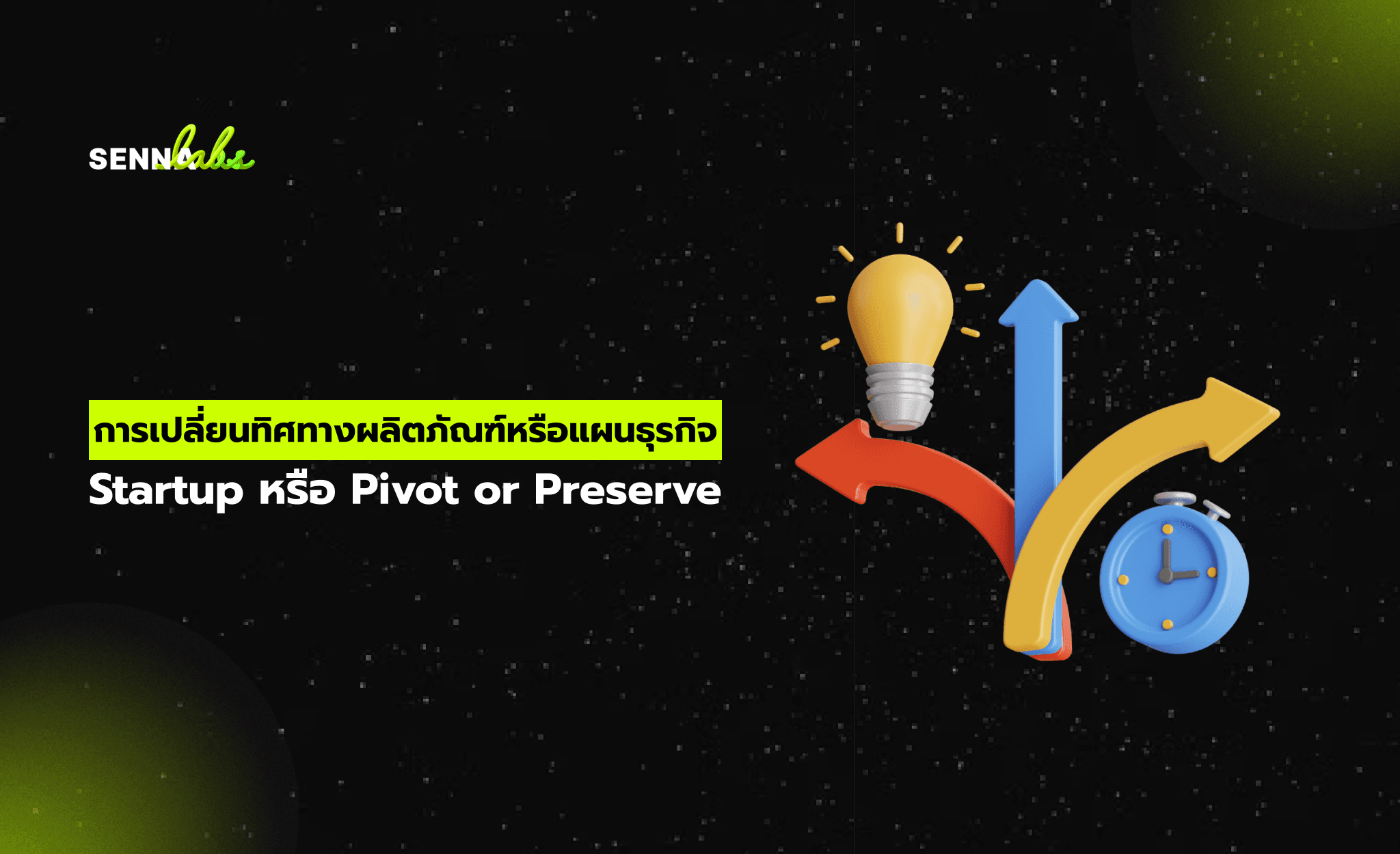Affordable SaaS Development for Scalable Business Solutions
Share

The Software as a Service (SaaS) model has transformed how businesses access and utilize software, making it a cost-effective and scalable solution for startups and enterprises alike. Unlike traditional software that requires high upfront costs and complex installations, SaaS platforms offer subscription-based access, enabling businesses to leverage powerful tools without significant investment in infrastructure.
A prime example is a low-cost subscription-based accounting tool, which provides startups and small businesses with essential features such as automated invoicing, tax calculations, and expense tracking. This article explores the benefits of affordable SaaS development, key features of a budget-friendly accounting tool, and best practices for building a scalable SaaS product.

Why SaaS is a Cost-Effective Solution for Startups
Startups often face budget constraints and resource limitations, making SaaS an ideal approach for software development. A subscription-based SaaS model enables businesses to pay only for what they use, avoiding large upfront software costs while ensuring continuous improvements and updates.
Key Benefits of SaaS for Startups
-
Lower Development Costs – No need for expensive infrastructure or hardware investments.
-
Faster Deployment – SaaS applications are cloud-based, allowing for rapid setup and minimal IT maintenance.
-
Scalability – Start small and scale resources as the business grows.
-
Subscription-Based Pricing – Generates a predictable revenue stream while keeping costs manageable for users.
-
Automatic Updates & Maintenance – Ensures the software remains secure and up to date.
For businesses looking to develop a cost-effective accounting SaaS platform, adopting cloud-based solutions is the best way to provide financial tools that are accessible, reliable, and scalable.
Essential Features of a Low-Cost Subscription-Based Accounting Tool
A budget-friendly accounting SaaS tool should focus on core financial management features while keeping costs low.
1. Automated Invoicing & Billing
-
Allows users to create and send invoices automatically.
-
Provides scheduled recurring invoices for subscription-based businesses.
2. Expense Tracking & Budgeting
-
Enables businesses to categorize expenses and monitor cash flow.
-
Provides real-time expense insights to control spending.
3. Tax Calculation & Compliance
-
Automates tax computations based on business location and regulations.
-
Generates tax reports for easy filing and compliance.
4. Multi-User & Role-Based Access
-
Allows businesses to grant different access levels to employees, accountants, and clients.
-
Ensures secure handling of financial data.
5. Integration with Payment Gateways
-
Supports PayPal, Stripe, Square, and bank transfers for seamless payments.
-
Automates payment reconciliation with invoices.
6. Cloud-Based Accessibility
-
Enables users to access financial data from any device.
-
Provides real-time syncing between mobile and web applications.
7. Customizable Dashboards & Reporting
-
Provides real-time financial insights for better decision-making.
-
Generates automated profit and loss statements, balance sheets, and cash flow reports.
8. Secure Data Storage & Encryption
-
Protects sensitive financial information with end-to-end encryption.
-
Ensures compliance with GDPR, PCI DSS, and other financial security standards.
By focusing on essential accounting functions while optimizing cost efficiency, a SaaS accounting tool can provide maximum value to businesses on a budget.
How to Build an Affordable and Scalable SaaS Accounting Tool
1. Define the Core Business Model & Pricing Strategy
-
Choose a subscription-based pricing model with tiered plans (basic, premium, enterprise).
-
Offer a free trial or freemium model to attract users and encourage upgrades.
2. Select the Right Tech Stack for Cost Efficiency
-
Frontend: React.js, Vue.js, or Angular for a responsive user interface.
-
Backend: Node.js, Python (Django/Flask), or Ruby on Rails for scalable APIs.
-
Database: PostgreSQL, MySQL, or Firebase for structured data management.
-
Hosting & Cloud Services: AWS, Google Cloud, or Azure for a pay-as-you-go infrastructure.
3. Develop a Minimum Viable Product (MVP)
-
Focus on essential accounting features such as invoicing, expense tracking, and tax calculation.
-
Gather feedback from early users to refine the product before full-scale development.
4. Implement Multi-Tenant SaaS Architecture
-
Use a multi-tenant model to allow multiple businesses to use the platform while keeping data isolated.
-
Optimize infrastructure for scalability, security, and performance.
5. Optimize UI/UX for Simplicity & Accessibility
-
Keep the interface clean, user-friendly, and intuitive.
-
Ensure mobile and desktop compatibility for remote accessibility.
6. Integrate Third-Party APIs for Added Functionality
-
Connect with banking APIs, payment processors, and payroll systems.
-
Use AI-powered tools for automated bookkeeping and fraud detection.
7. Implement Strong Security Measures
-
Encrypt all financial transactions to prevent cyber threats and fraud.
-
Use multi-factor authentication (MFA) and role-based access control.
8. Continuously Monitor and Optimize Performance
-
Deploy AI-driven analytics for personalized financial insights.
-
Implement CI/CD pipelines for faster updates and feature rollouts.
By following these steps, startups can develop a cost-effective, scalable SaaS accounting tool that provides high-value features without high development costs.
Challenges in SaaS Development and How to Overcome Them
1. Managing Subscription Pricing & Revenue Models
SaaS startups often struggle with setting the right pricing model.
Solution: Offer flexible pricing tiers, including a free trial to attract users.
2. Ensuring Data Security & Compliance
Handling financial data requires strict security measures.
Solution: Implement end-to-end encryption, access controls, and compliance with financial regulations.
3. Maintaining Scalability as User Base Grows
Increased users can lead to server overload and slow performance.
Solution: Use auto-scaling cloud services to handle growing demand efficiently.
4. Retaining Customers & Reducing Churn
Subscription-based services must focus on customer engagement to prevent cancellations.
Solution: Provide personalized customer support, educational resources, and feature updates to enhance user retention.
Conclusion
Developing an affordable SaaS accounting tool allows businesses to provide scalable, cloud-based financial solutions without high upfront costs. By adopting a subscription model, startups can offer automated invoicing, tax calculations, and expense tracking while ensuring cost efficiency and ease of use.
By leveraging open-source technology, cloud infrastructure, and strategic SaaS architecture, businesses can create a budget-friendly accounting solution that serves small businesses and entrepreneurs effectively.
With the right pricing strategy, security measures, and user-focused design, startups can develop a successful SaaS product that balances affordability and high-quality service.

Share

Keep me postedto follow product news, latest in technology, solutions, and updates
Related articles
Explore all


